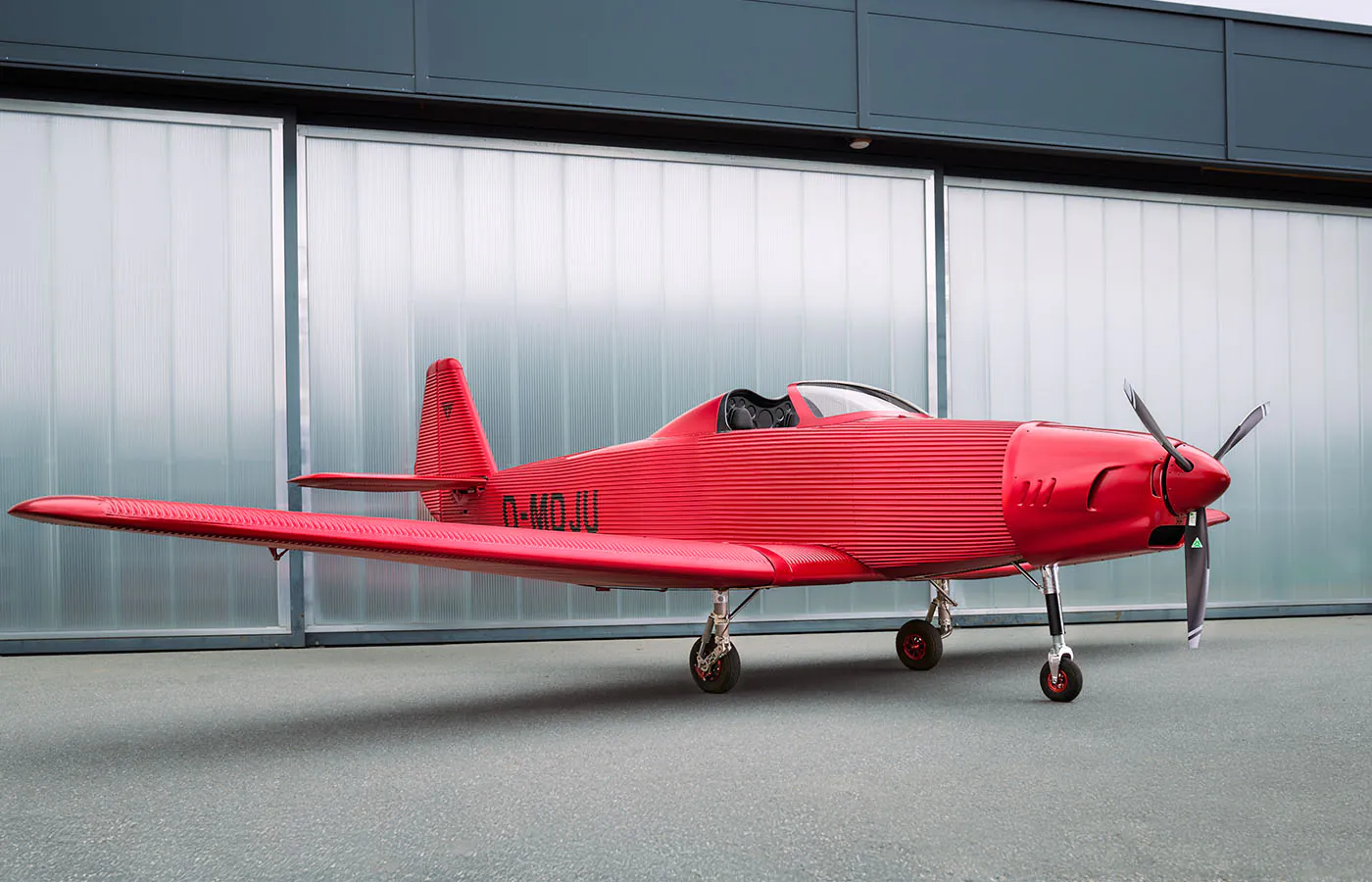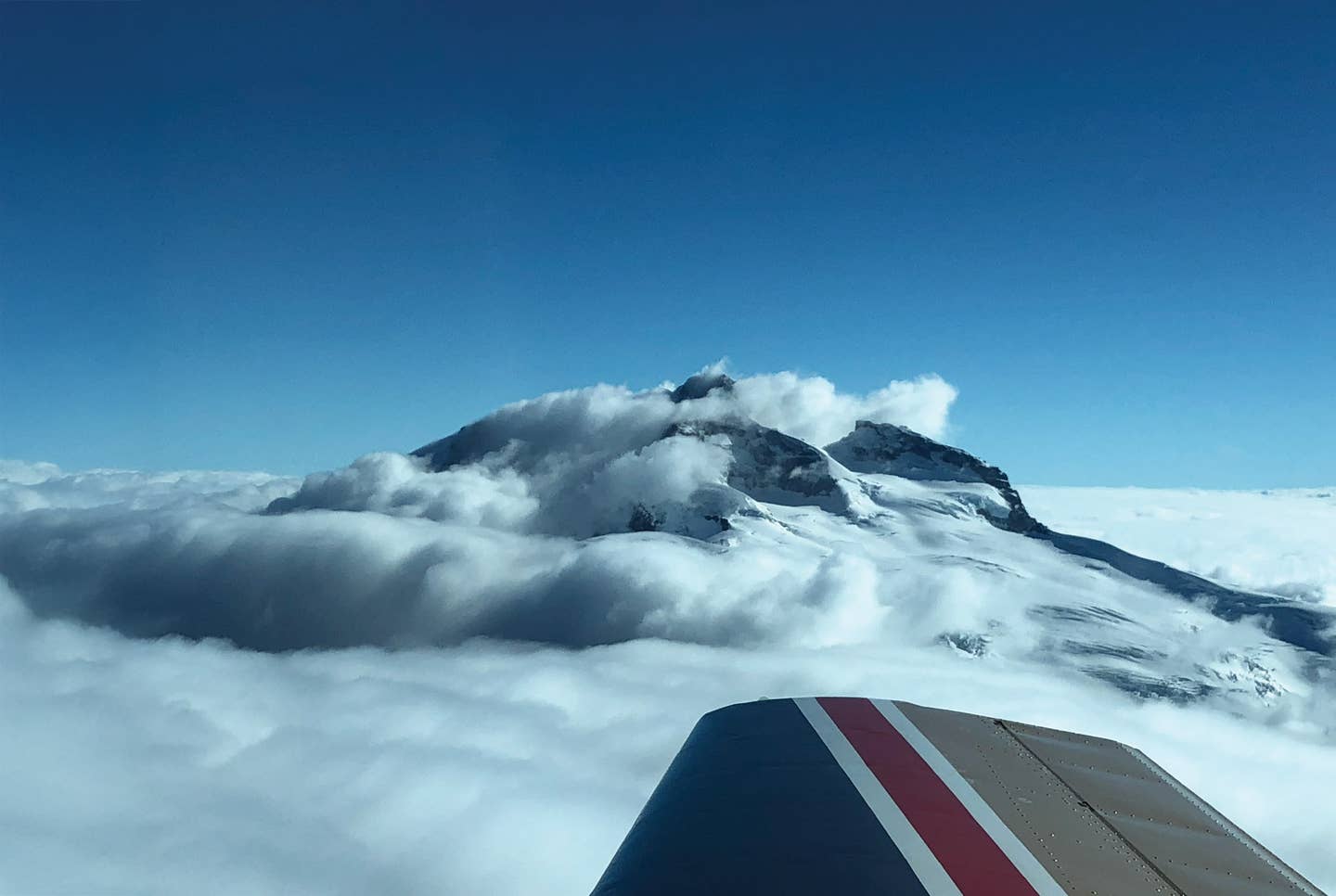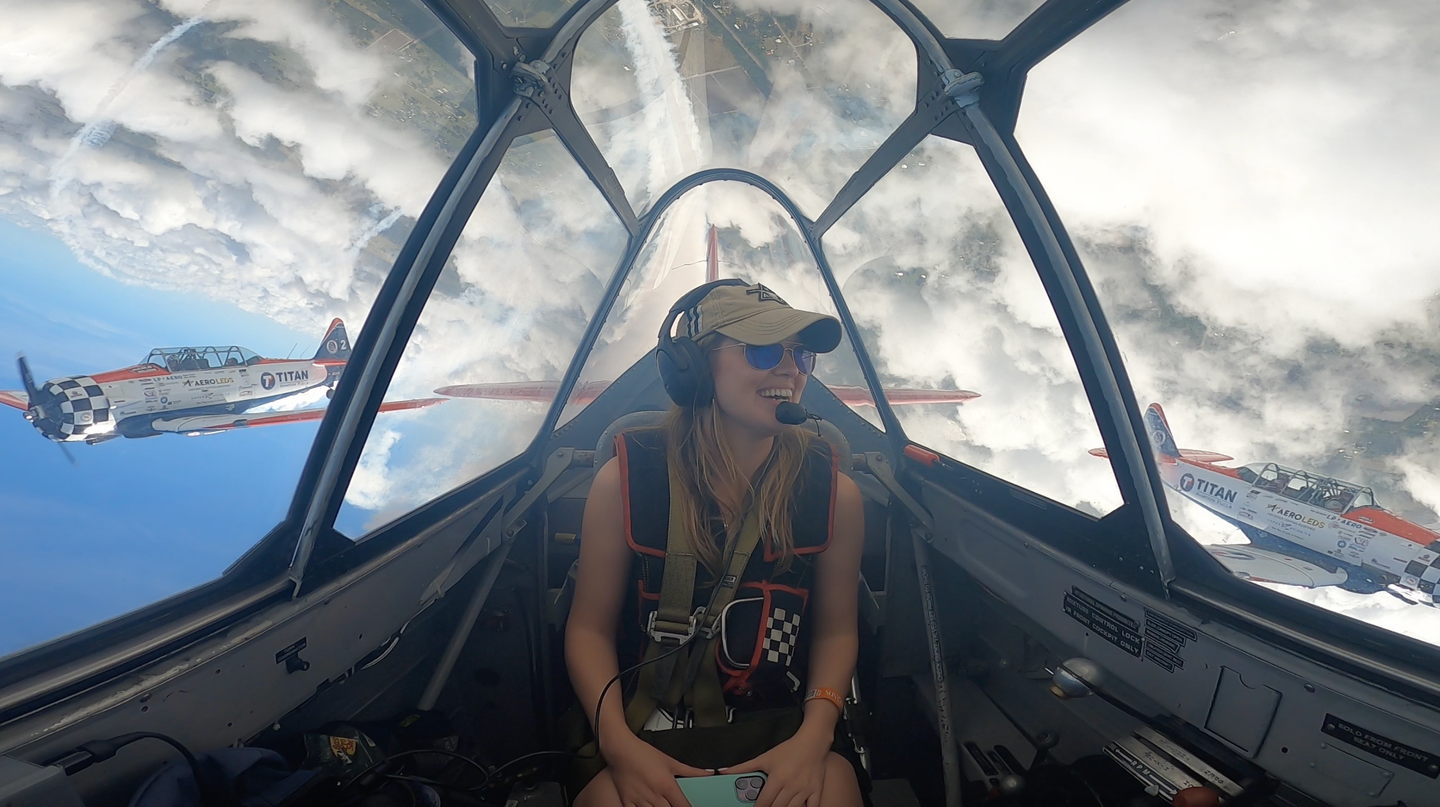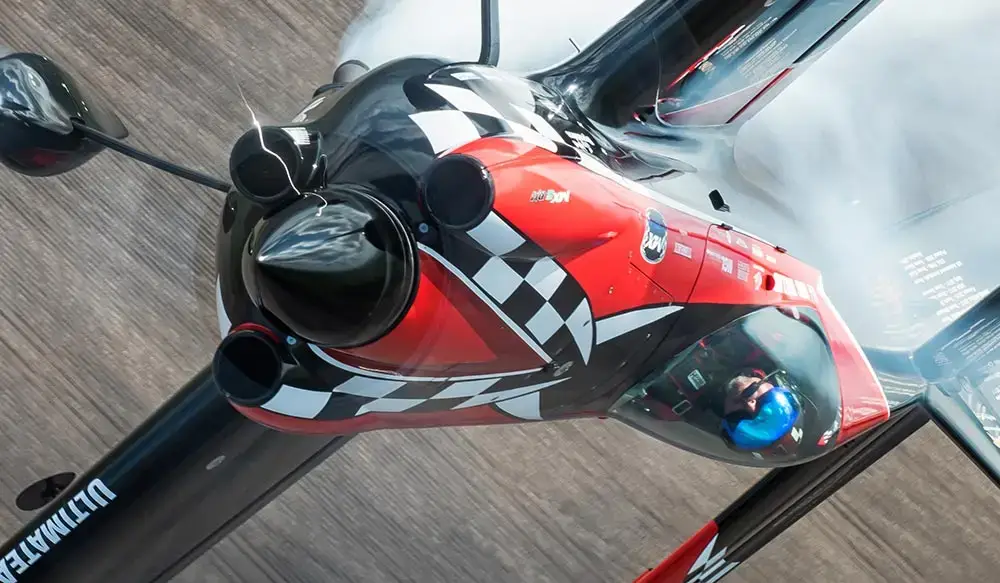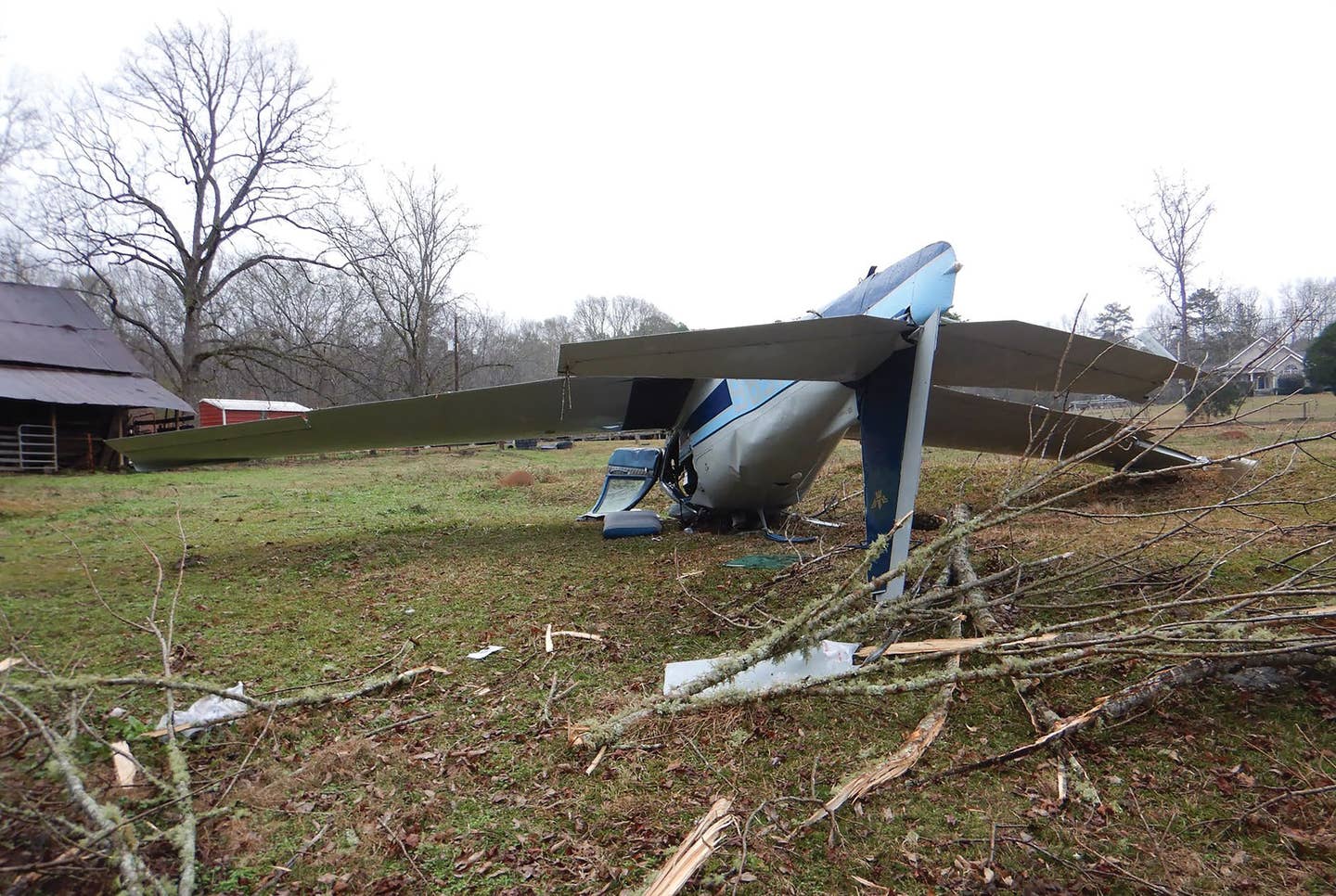Don’t Hose the Pilot Behind You
Can you be a good neighbor at the pump?
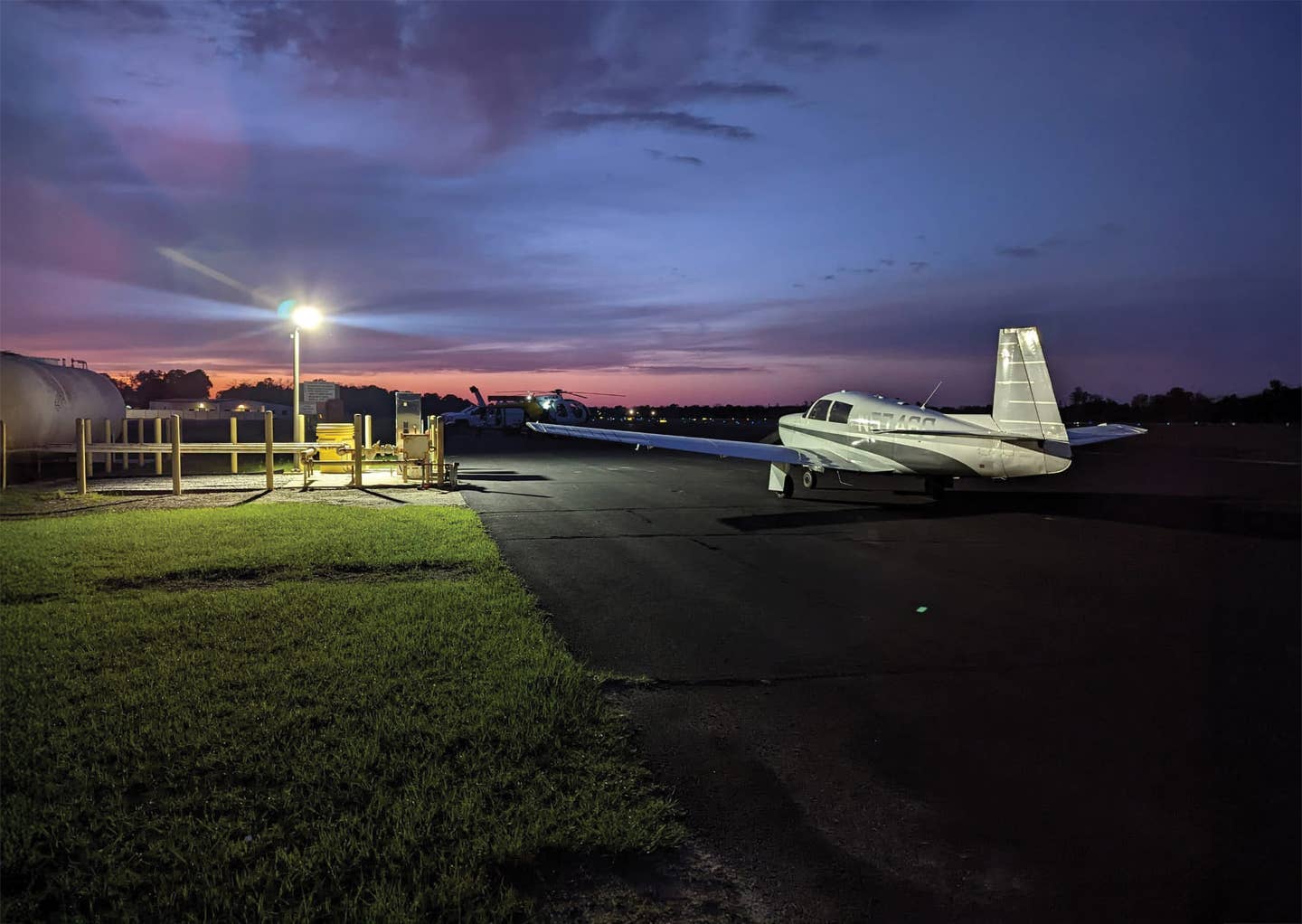
Photos: Jeremy King
Sporty’s Pilot Shop has a video for almost everything in aviation. Years ago, it advertised a DVD titled “How an Airline Captain Should Look and Act,” one of several in the appropriately named ”What You Should Know” series. It feels more like a video some airline pilot would be made to endure as a punishment for showing up with a sloppy uniform, yet there it was.
A few weeks ago, a snippet of the Sporty’s video “How to Use Self-Serve Fuel Facilities at the Airport” popped into my Reels on social media. I laughed and shared it with some friends, joking that it was 2025—how would anyone not know how to use self-serve fuel?
I got punished for that idea a week later.
As I flew overhead to join the downwind at the nearest cheap fuel stop, I saw the local flying club’s Piper Warrior clear the runway. Its student pilot made an awkward announcement of intentions to taxi to the FBO ramp, the taxiways it intended to follow, and probably also the price of tea in China. By the time I’d flown my pattern, landed, and taxied to the ramp, said Warrior had taxied 100 yards and was parked in front of the self-serve pump with its engine still running.
I knew better than to hope the trainer had already topped off, and as I shut down the Mooney, climbed out, and got the tow bar from the baggage bin, the Warrior’s engine still droned away. I sat on the wing walk and waited. I scrolled my social media. I updated my will—and updated most of this column in my head.
A few minutes later, the prop swung to a stop, and it took another few long seconds before the door popped open. The instructor got out and stretched, and lazily fished out the ground cable while the student searched for their credit card. Trying to avoid making a scene in front of the student, I used a little body language toward the instructor while the student was still in the cabin. The message failed to register.
Many pilots from prior generations did more than pump their own gas. Many of us worked the line at an FBO or two, driving the fuel trucks and fueling planes. It was basically a rite of passage for young pilots at one time. But nowadays, smaller FBOs rarely have a fuel truck, and the pilot mills are often served by larger FBOs. Instructors and students walk out to mission-fueled aircraft, and it’s possible that a pilot might not ever pump their own gas until after their private pilot check ride.
That means that what might seem like common sense and courtesy might not be as common as I’d assumed. Let’s review.
If you’re not ready to fuel right away, don’t park in front of the pumps: Rearward visibility isn’t great in most aircraft, save for those blessed with a canopy. Even in those, pilots aren’t often found looking aft for traffic. A line of traffic could well sneak up as you plan your next leg’s fuel needs. And if you’re instructing with the engine at idle so it counts as more “dual given,” shame on you. The cockpit is the world’s worst and nearly most-expensive classroom.
Never leave your plane unattended at the pump or in line for the pump: A quick jog to visit the indoor outhouse often takes longer than intended, whether it be clogged plumbing or an engaging discussion around the coffeepot.
Have your tow bar at the ready: Once at a lunch and fuel stop in Sikeston, Missouri, I was fourth in line for the self-serve pumps. A Civil Air Patrol Skylane sat unattended at the pump as I shut down, and the owner of the Mooney ahead of me was livid at the delay. The colonels came ambling out of the FBO building, topped off the 182, and then they looked to us for help. The guy who did the talking was of the 300-pound variety. “Fellas, our bags are all piled in on top of the tow bar. I’ll get in and steer if you’ll push.” We pushed, for sure. The other guy would have pushed them well into a ditch, had one been handy.
Doesn’t matter if you’re planning on a fuel stop or not—the tow bar should be accessible after your bags are in the plane. Where you shut down and where you tie down are often not the same patch of pavement.
Use care retracting the ground wire and fuel hose: This is the one where prior line workers have the distinct advantage. For the ground cable, at most pumps you can simply hold the clamp in your hand and pull slowly until you pull past the clicks of the catch mechanism. Then slowly walk the cable back to the reel, keeping some tension on the cable all the way. If you just let go of the clamp and let it drag, the cable can loop up and tangle itself into a terrible bird’s nest on the reel that nobody wants to deal with.
The fuel hose takes just a little more finesse. The best practice is to walk back to the pump with the nozzle in hand. Keeping it in your left hand, you can face the pump, press the retract button, and use your left heel to guide the hose left and right across the spool as it retracts. If left unguided, the hose may stay all to one side or the other, or cross on itself multiple times, making it stick outside the reel and jam against the other parts of the spool, guide, or enclosure. Think of how an open-face fishing reel moves the line back and forth across the spool as it reels in. Same idea.
Know how to hot-start your airplane and/or tow it away before starting: Know the magic combination to getting your engine running after a quick fuel stop. Whatever technique your airplane requires, know it, and be mindful of who or what is parked behind you.
It ain’t rocket science, but it also isn’t the same as filling up your car at the convenience store. If you’re a student pilot whose school hands you the keys to a fully serviced bird before your lesson, maybe ask your instructor for the chance to land at a nearby airport and learn how to fuel your plane. If you’re used to just parking at Signature and letting the line guys do the dirty work, maybe take the chance to slum it out with us at the cheap self-serve pumps from time to time.
A little courtesy goes a long way.
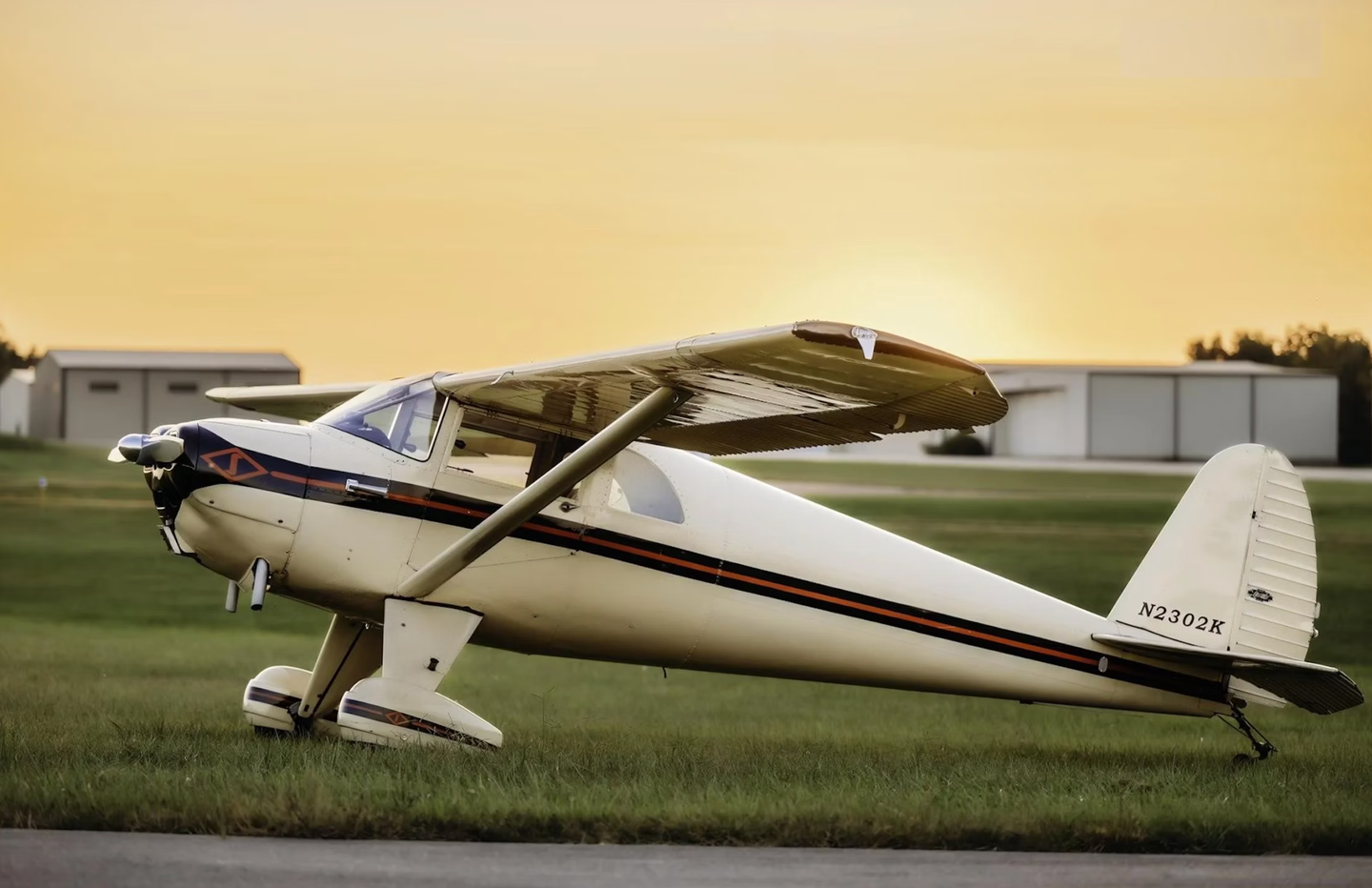
Subscribe to Our Newsletter
Get the latest Plane & Pilot Magazine stories delivered directly to your inbox

